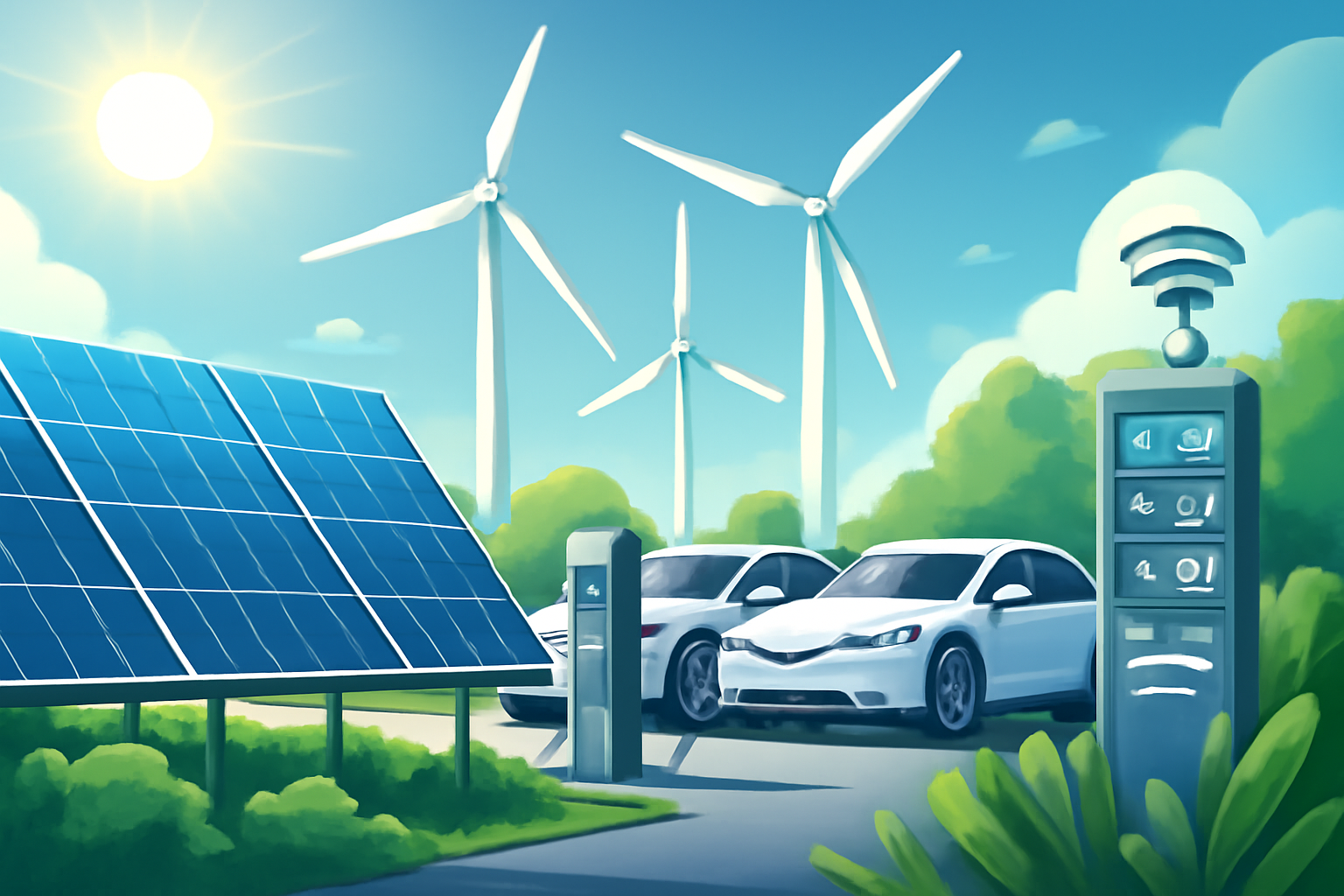In 2025, the advertising landscape is undergoing a seismic shift fueled by artificial intelligence (AI). One of the most revolutionary developments is the rise of AI-generated video ads, enabling brands to produce personalized, engaging videos at unprecedented scale and speed. This article explores the opportunities presented by AI in video advertising, the challenges brands face, and the future outlook for this dynamic technology.
Introduction: A New Era of Video Advertising
Video advertising has long been one of the most effective ways to engage audiences, deliver brand messages, and drive conversions. Traditionally, video production has required significant time, expertise, and budgets, limiting frequent or tailored video campaigns. AI-generated video ads break these barriers by automating creative creation, editing, and optimization processes—making video content accessible to businesses of all sizes.
How AI Generates Video Ads
Modern AI video generation tools utilize advanced machine learning models, natural language processing, and computer vision to transform text, images, and data into polished video content. Key techniques include:
- Text-to-Video Synthesis: Converts scripts or blog content into animated videos with voiceovers and visuals.
- Image and Asset Integration: Automatically incorporates product images, logos, and branded colors.
- AI Voiceovers and Dubbing: Generated synthetic voices allow quick localization and multilingual content.
- Dynamic Personalization: AI customizes video content in real time using user data such as demographics, behavior, and preferences.
Major Opportunities Presented by AI Video Ads
1. Cost and Time Efficiency
AI eliminates the need for traditional filming crews, studios, and editing timelines. Campaigns can produce dozens or hundreds of unique video variations in hours or minutes, drastically reducing production costs and turnaround times.
2. Hyper-Personalization at Scale
AI enables dynamic video ads tailored for individual viewers based on data signals including past purchases, browsing habits, and geographic location. Personalized videos significantly boost engagement rates and conversions.
3. Multilingual and Global Reach
With automatic voice synthesis and translation, brands can create localized video ads in multiple languages without expensive dubbing or subtitles, expanding global campaigns quickly.
4. Continuous Optimization
AI platforms track viewer interactions and engagement patterns, iteratively modifying scripts, visuals, and CTAs to improve performance. This rapid A/B and multivariate testing is impossible at scale with traditional workflows.
Real-World Applications of AI-Generated Video Ads
- E-commerce: Personalized product showcases recommend relevant items based on browsing data.
- Travel and Hospitality: Dynamic videos highlight local attractions and personalized itineraries.
- Education and Training: Tailored video tutorials adjust content difficulty based on learner progress.
- Real Estate: Customized property tours target specific buyer personas.
- Healthcare: Pharma ads adapt messaging to patient demographics and informational needs.
Challenges and Ethical Considerations
Despite exciting capabilities, AI-generated video ads raise several issues:
- Creativity and Authenticity: Auto-generated content may lack genuine human touch, emotional resonance, or storytelling subtlety.
- Data Privacy: Dynamic personalization relies heavily on user data, demanding transparent consent and robust protection.
- Quality Control: Automated creativity requires diligent review to avoid repetitive, inaccurate, or culturally insensitive content.
- Ethical Use of Synthetic Voices and Faces: Deepfake concerns necessitate responsible use and clear disclosure to maintain consumer trust.
Evaluating AI Video Generation Platforms
Brands should assess tools based on:
- Ease of use and integration into existing workflows
- Customization options and creative control
- Multilingual and localization capabilities
- Analytics and optimization features
- Data security compliance and ethical guidelines
Popular platforms in 2025 include Synthesia, Lumen5, Deepbrain, and Adobe’s AI Creative Cloud suite.
Preparing Teams for AI-Driven Video Advertising
To maximize AI benefits, marketing teams must:
- Upskill in AI literacy and technology adoption
- Foster collaboration between creatives and data analysts
- Establish workflows combining human direction with AI automation
- Set clear guidelines on ethical standards and quality assurance
Future Trends in AI-Generated Video Ads
- AI-Driven Interactive Videos: Viewers influence storylines or product features.
- Augmented and Virtual Reality Integration: Immersive, personalized ad experiences.
- Real-Time Video Personalization in Streaming: Ads adapt dynamically during play.
- Collaborative AI-Human Creative Teams: Hybrid workflows combining machine speed and human intuition.
Conclusion
AI-generated video ads represent a fundamental evolution in how brands communicate. By combining scalability, personalization, and rapid creative production, AI elevates the effectiveness and accessibility of video advertising. While challenges remain, thoughtful implementation and ethical approaches will unlock vast opportunities for marketers to engage audiences more meaningfully than ever before.



